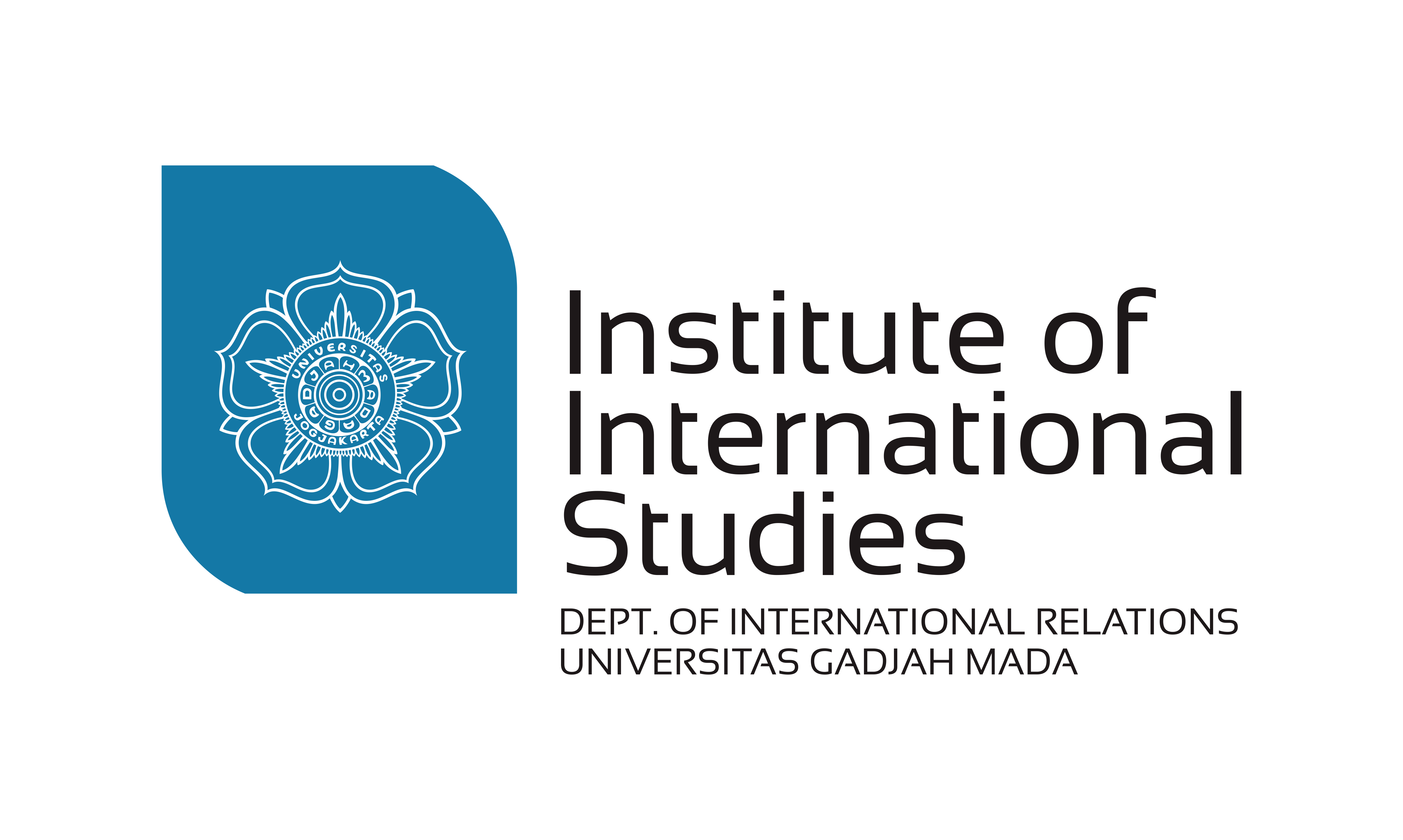On Friday (18/9), Institute of International Studies/IIS UGM organized another edition of its bimonthly discussion forum Beyond the Great Wall/BTGW online. In its tenth edition, present were Alfin Febrian Basundoro, Vice President of UPII UGM and Caesar Leonardo, Director of Student Association of Belt and Road Initiative/SABRI UGM Chapter. Under the theme “China: Initiatives in Energy and Transportation”, the two speakers spoke on China’s dynamics in developing the two sectors which boost the growth of Chinese economy, namely energy and transportation.
Alfin began the first session by delivering his presentation on “New Eurasian Land Bridge: China’s Railroad Sector Expansion”. The railroad sector has long been serving as the backbone of the Chinese economy, in which all provinces in China had been linked via railway by 2007. With a total 140,000 km of railway, the massive rail network supports provision of rapid trains for millions of citizens and names China the country with the longest rapid train network in the world. Besides domestic development, regional cooperation realized through New Eurasian Land Bridge also supported China’s railroad expansion.
New Eurasian Land Bridge/NELB is a rail-based corridor linking China, Central Asia and Eastern Europe. As part of the Belt and Road Initiative, this program is an implementation of the modern silk road aimed at supporting intercontinental economic activities via Central Asia. Compared to the sea route which is relatively longer and takes more time to pass, land route is ultimately a better alternative. Moreover, land route allows better movements of commodities as trains are able to carry more cargo compared to planes. Since its first operation in 2011, NELB saw significant increase in traffic every year and has been playing an important role linking two continents and promoting Chinese-European investment.
Alfin claimed that NELB benefited both parties; however, to achieve such benefits, it needs to face challenges ahead. To China, NELB promises effectivity, as well as ease of transportation and movement of commodity; bolsters increase in trade with European countries; and supports diversification of commodities exported. To Eurasian countries, NELB guarantees new free trade zone in Central Asia, Eurasian interconnectivity, and connection to other European economic corridors. On the other hand, NELB needs to overcome several obstacles, ranging from differences in railway width, imbalanced infrastructure, political conditions of related countries, to lack of human resource standardization.
He concluded that NELB is of paramount importance to China’s long-running railroad expansion. Not only does NELB serves China’s interests, but also it supports Central Asian development by providing effective distribution route to accelerate movement of commodities from two continents. No wonder NELB is one of the five priority programs of China’s in Central Asia.
Leo delivered the second session discussing “Chinese Nuclear Energy Initiatives”. Similar with that of transportation, the energy sector is central for the growth of modern Chinese economy. Nuclear development, initiated by Mao Zedong, began in 1950s and was limited to nuclear as mere weapons. Under Deng Xiaoping, nuclear was perceived as more of an alternative energy source through his program of “four modernizations” as one of the answers to the question of Chinese energy security. Qinshan nuclear reactor, then, became China’s first and started operation in 1991. Its establishment commenced the era of Chinese progressive nuclear energy development, which is expected to surpass American and European reactor energy export by 2035.
According to Leo, China preferred nuclear energy to other alternative sources due to several advantages. Nuclear emits less emission compared to fossil fuel because of its high material efficiency. Moreover, nuclear-generated electricity is relatively affordable compared to that from fossil fuel or solar panel. Politics-wise, western countries already left nuclear behind and started seeking other safer alternatives. Hence, China has the opportunity to lead the global nuclear energy development industry.
China’s nuclear orientation experienced a significant shift. As Leo mentioned, under Deng, China developed nuclear for the sake of domestic energy security. Hence, China cooperated with other nuclear-experienced countries like France and the US. To tackle the problem of limited resources, China also imported uranium from African countries to secure supply. Now, as China has achieved domestic energy security and possessed enough experiences in developing nuclear energy, it prepares itself to become a producer who promotes nuclear energy use to others. BRI supports such shift by giving space for China to initiate cooperation with other countries in developing their own nuclear industries.
Leo wrapped up his presentation by showcasing a number of future challenges China needs to face in developing its nuclear. First, there is an existing doubt in developing nuclear due to security problems like reactor leaks in Chernobyl and Fukushima, as well as issues of radioactive waste. Second, other alternative energy sources are more popular. Top fossil fuel industries like Total preferred to invest in solar panels or air turbins compared to nuclear. Third, China’s domestic politics still prefer fossil fuel. The government favors fossil that dominates domestic industrial use, despite the chance of being a global pioneer in nuclear development. All three problems, Leo believes, are the hindrances China has to overcome in the future of nuclear energy development.
